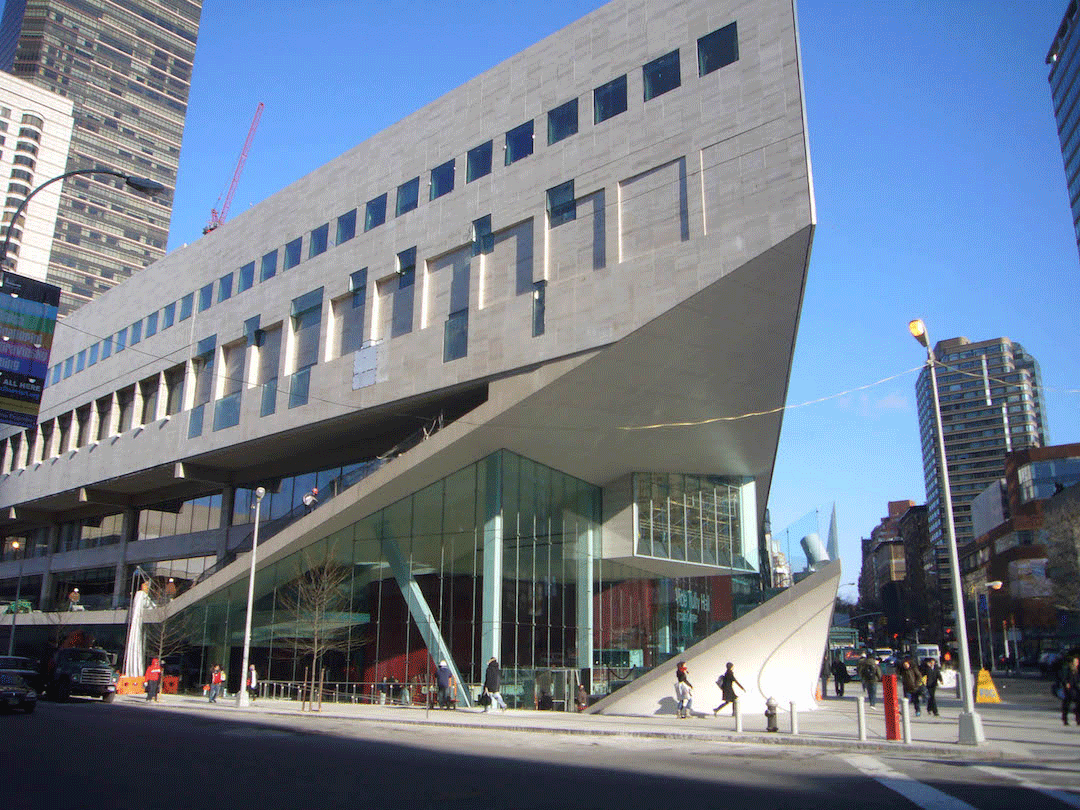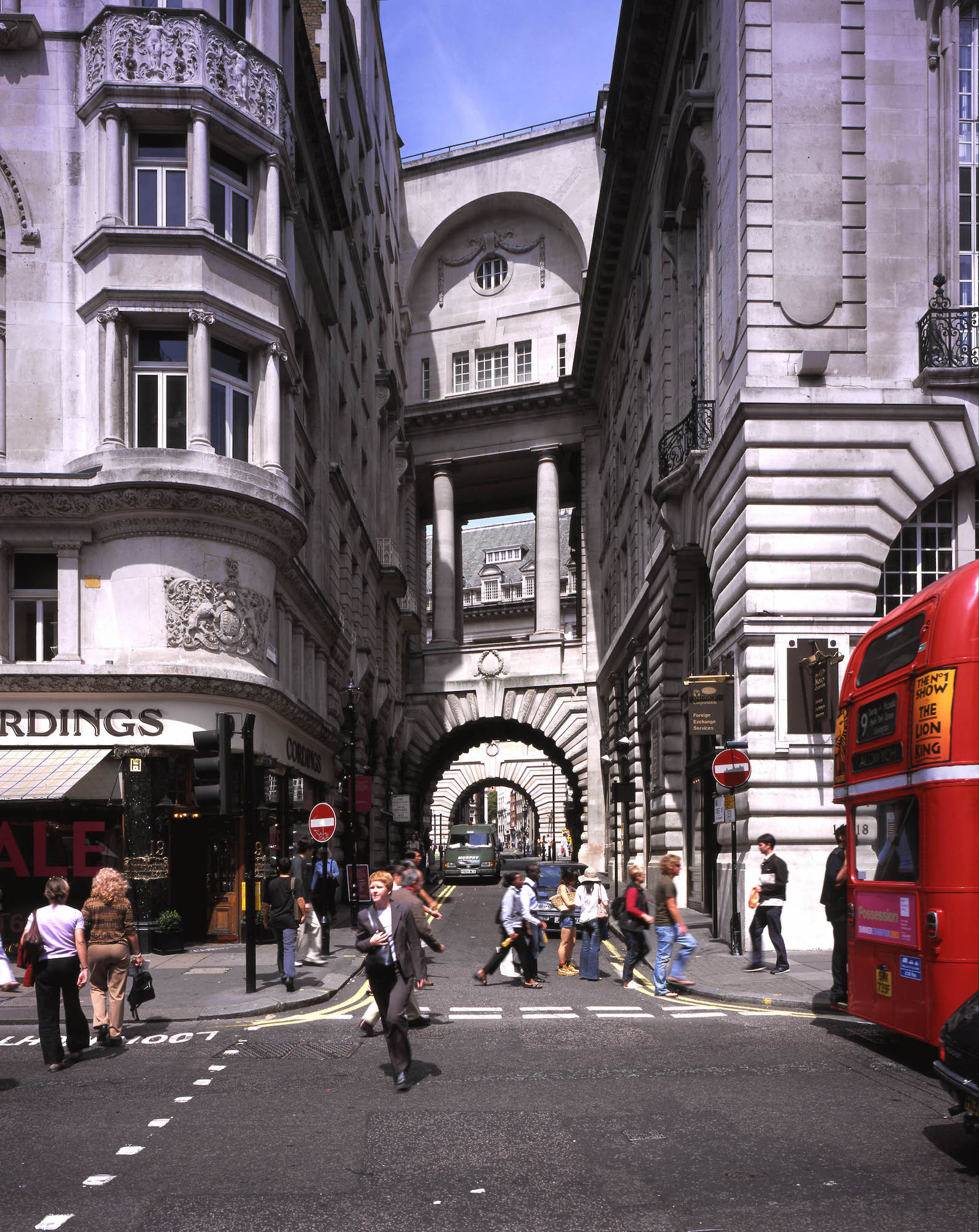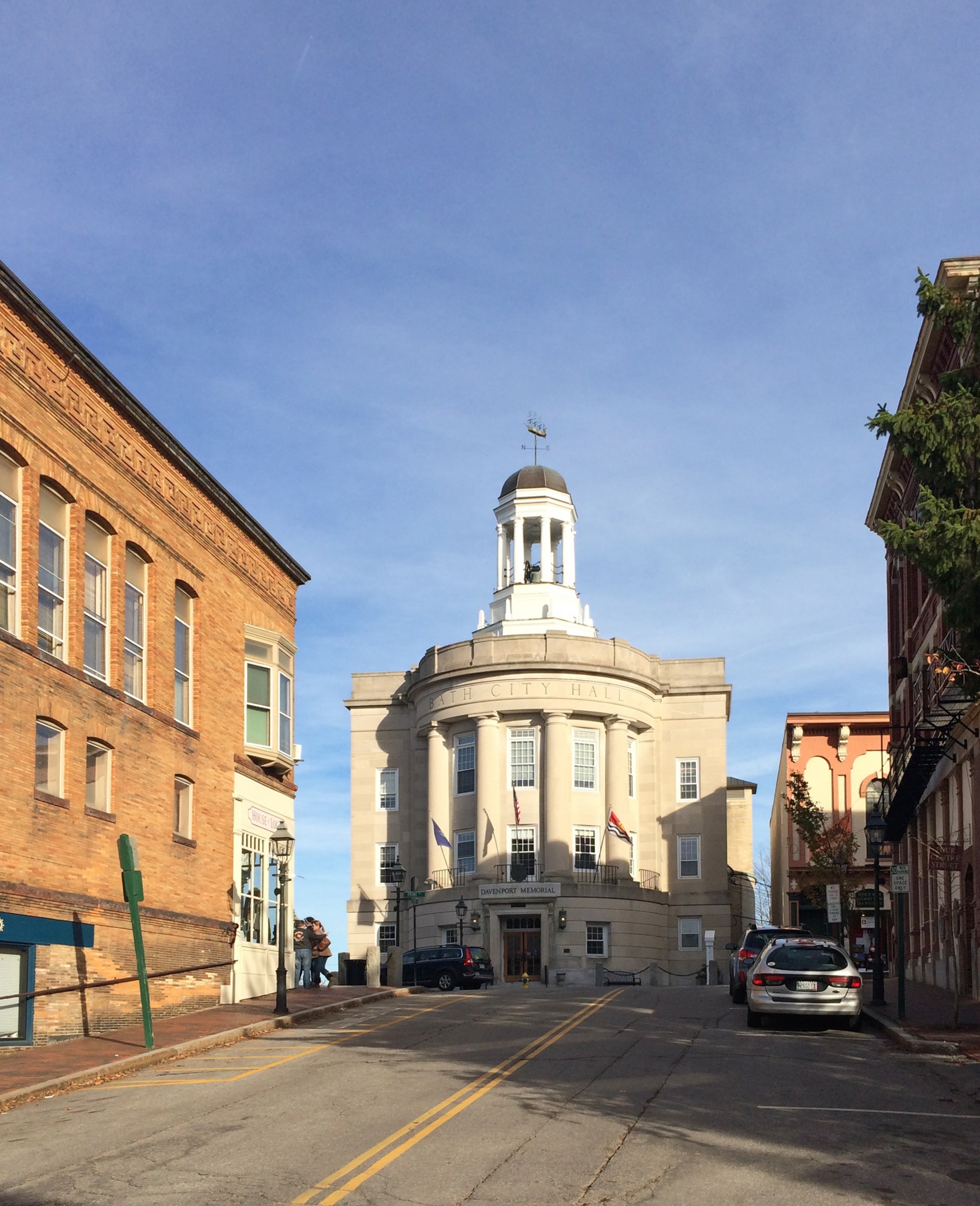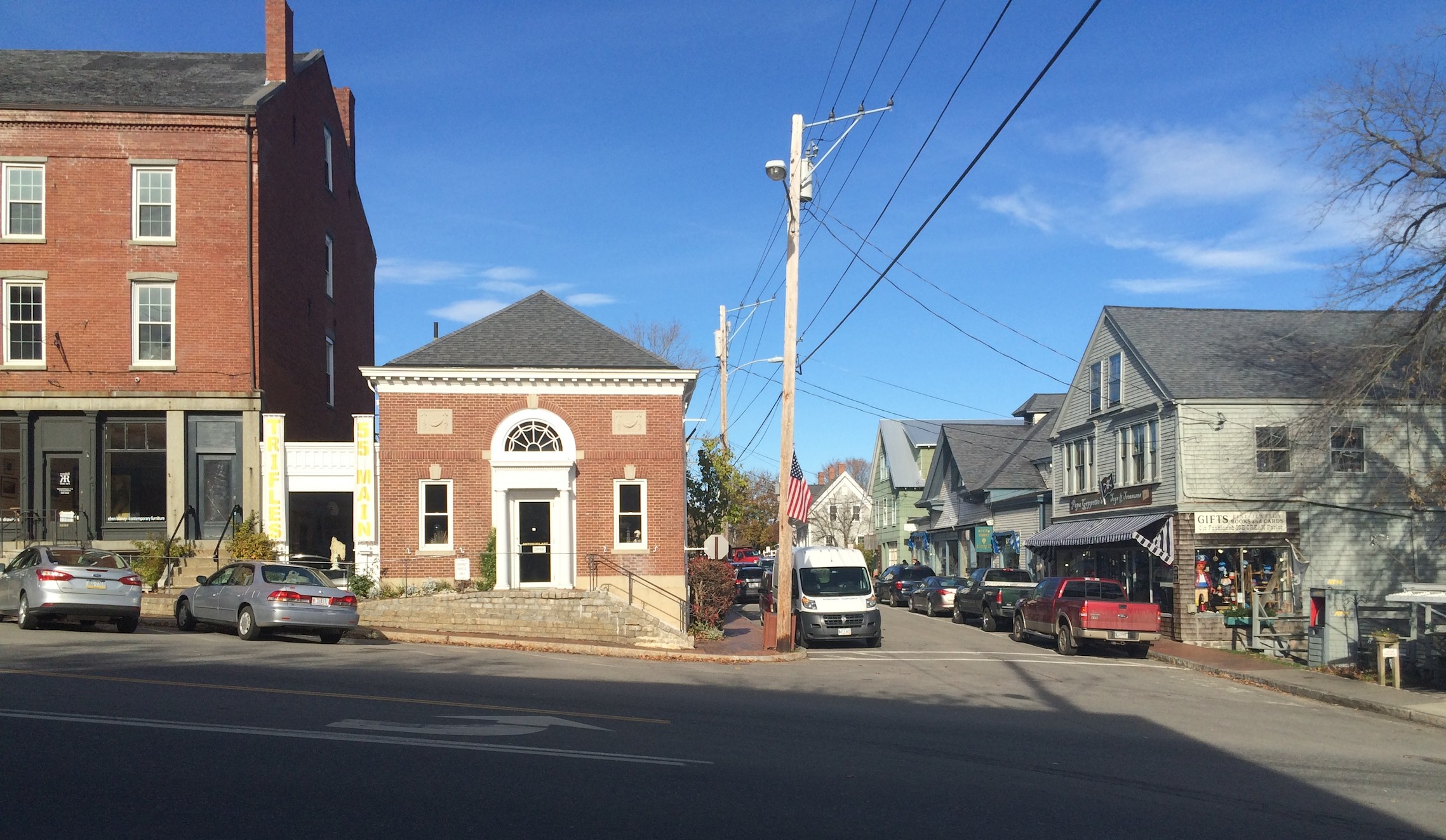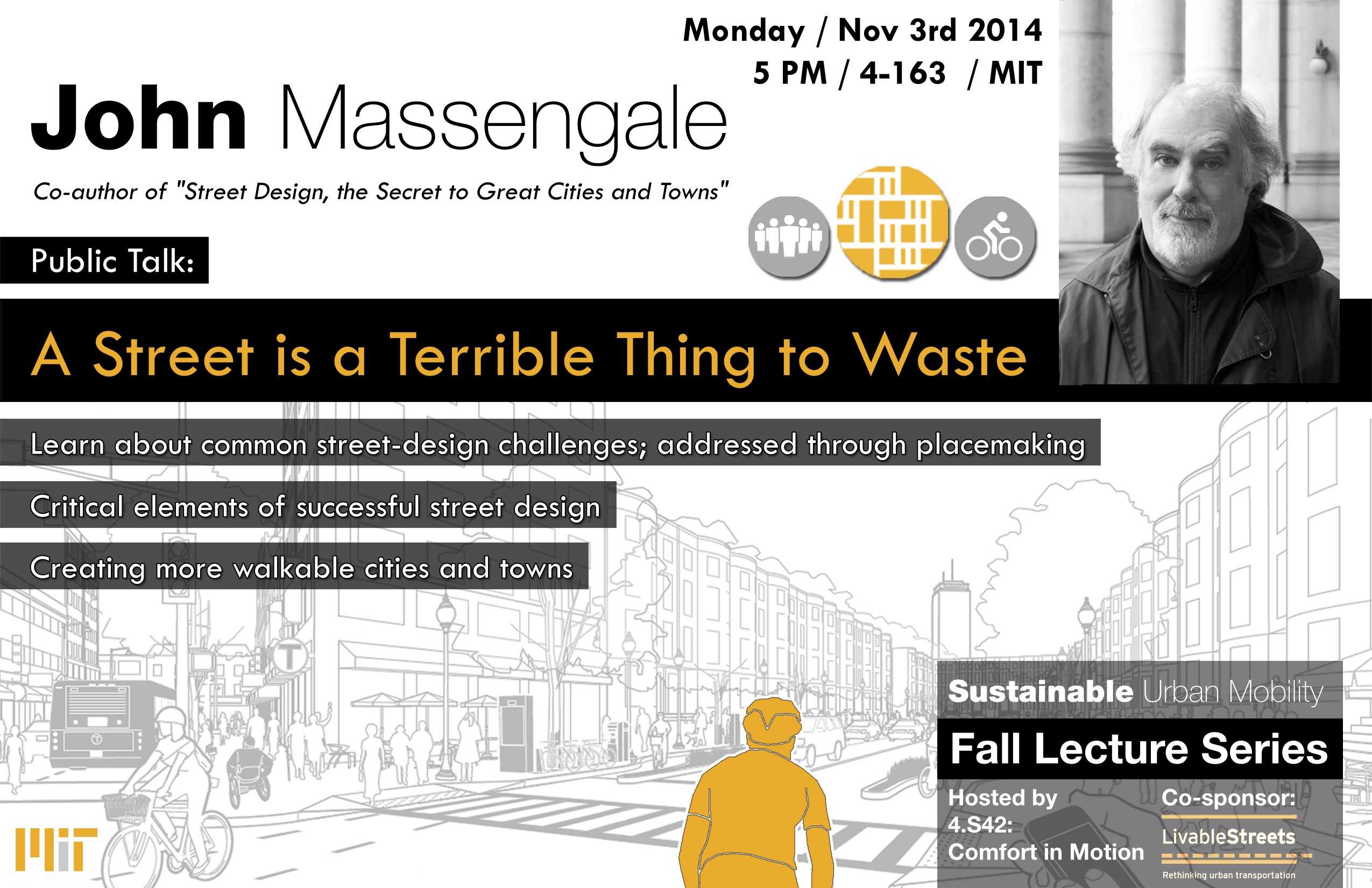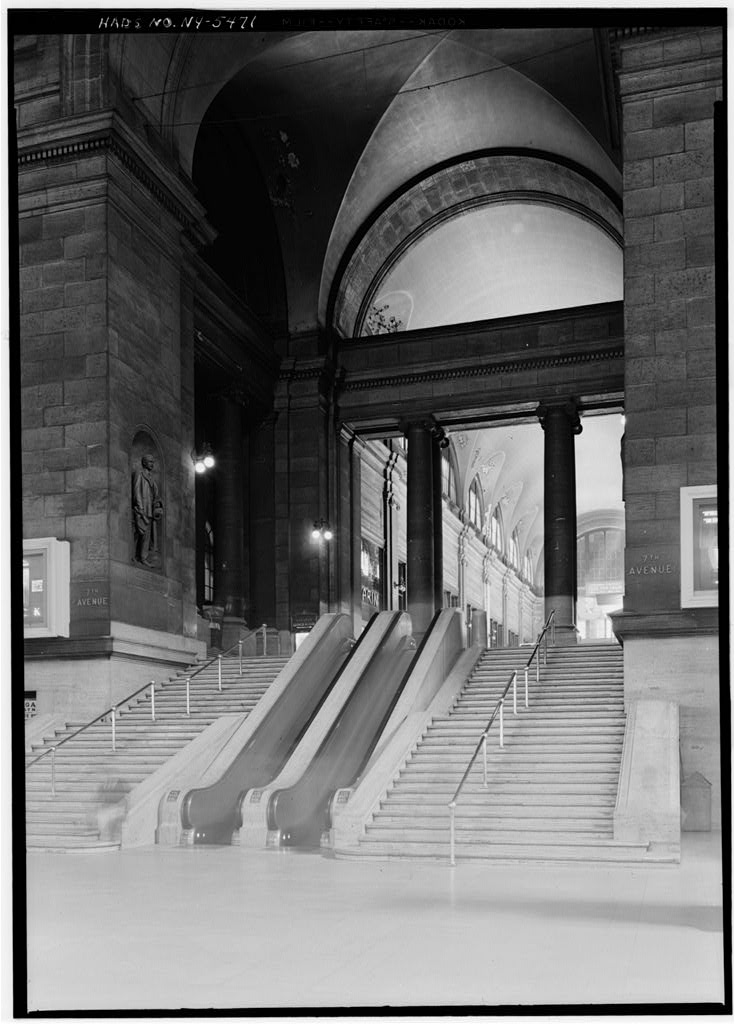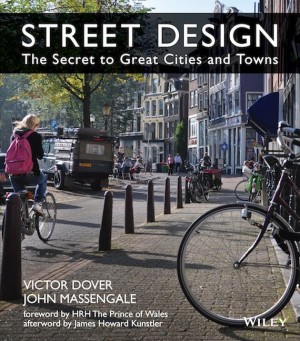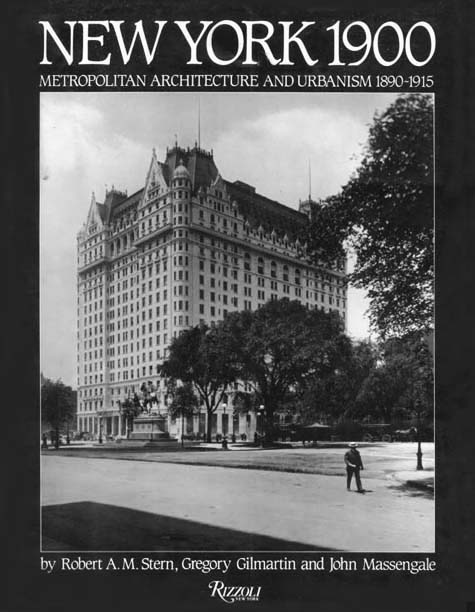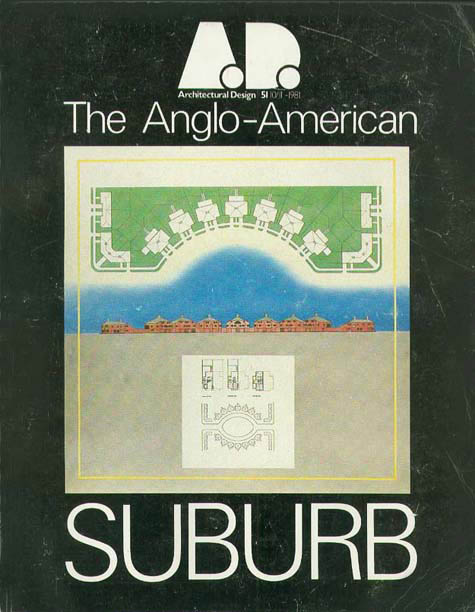What do we want? Change! When do we want it? Now!

Funny that this is the first image that came up when I Googled “What do we want? Change! When do we want it? Now!” “Funny,” because I’m writing about the AIA’s response to the common-sense proposal by Steve Bingler and Martin Pedersen in the New York Times Op-Ed “How to Rebuild Architecture,” and the only response I’ve seen so far is Aaron Betsky’s in Architect magazine, in which he writes in the first paragraph “With an ‘architecture critic‘ who has basically given up on reviewing the designed environment in favor of bizarre forays into fields such as so-called ‘evidence-based design,’ the Times has now for the second time in several months given its editorial page over to a piece on architecture that is so pointless and riddled with clichés as to beggar comprehension.”
I’ll get back to that, but first I’d like to talk about the lack of response so far from the AIA, and even the lack of comment from the magazine’s editor on this petulant attack in the magazine on the New York Times and its critic. Architect is the official magazine of the American Institute of Architects, and Betsky is a Contributing Editor of the magazine whose monthly columns come with a footer that says, “His views and conclusions are not necessarily those of ARCHITECT magazine nor of the American Institute of Architects.”
As I’ve said, I thought the op-ed in the Times was both excellent and insightful, and I believe even the majority of architects might agree. Since the AIA is our leading professional organization, why has it published this extreme attack (“ballistic” and “incoherent” were how the former architecture critic of the Providence Journal characterized it) without even a short editor’s comment? If I were the President of the AIA, I would worry that the organization’s reputation would be tainted by it. Continue reading
Buildings That Streets Go Through
More streets posted at photos.massengale.com.
Also see Separated At Birth: One Santa Fe & One Western Avenue
Separated At Birth: One Santa Fe & One Western Avenue
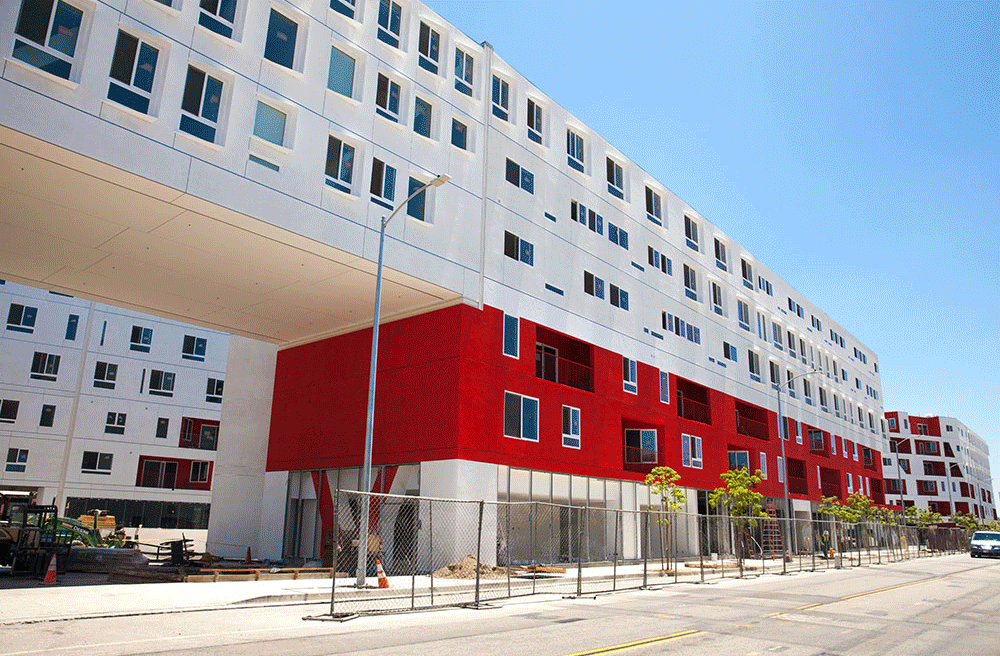
ONE’S IN the Los Angeles Arts District, the other’s at Harvard Business School. In addition to the 40-ton Swords of Damocles overhead, they share little human scale* and little to even show that humans live there. The critics love both, but they seem to me to epitomize architecture that’s esoteric and out of touch.
The student editors at the Harvard Crimson ran a story called “Snap, Yo’ Momma’s Uglier than One Western Avenue.” The opening line said, “The decades-long debate over whether Mather House or the Leverett House towers holds the dubious distinction of being the ugliest residence on campus may have just been settled once and for all—thanks to the opening of One Western Avenue, Harvard’s newest, and perhaps most hideous, graduate school housing unit.”
Also in the Crimson:
The Boston Herald calls the design “risk-taking.” The Boston Globe calls it “aggressively dull, blocky, and abstract” with nothing to indicate the “joy of human habitation.” The New York Times calls it a “distinctive example of progressive contextualism.” [SAY WHAT?] Anupam Mishra, a second-year HBS student, calls it “the ugliest thing since Canaday.”
In the background of the Western Ave photo, you can see two of the towers at Peabody Terrace, housing for Harvard graduate students designed by Jose Luis Sert, former Dean of the university’s Graduate School of Design. People have called it the ugliest building in Cambridge for years. Twenty years earlier that title was held by the Harvard Graduate Center, designed by the former Chair of the architecture department at the GSD, Walter Gropius.
It’s surprising how badly Harvard and the GSD take care of Harvard’s graduate students, considering how much the university depends on its graduates, who donate about $2 million per day. Former Harvard President Larry Summers reportedly disliked the GSD for many reasons, including the fact that One Western Avenue is so ugly that Harvard couldn’t persuade a donor to put his or her name on the building.
This is not about style, or even the expression of technology and “modern” construction techniques (which are the opposite of “artisanal”). Instead, it’s about esoteric architectural ideology separated by 10 years and 6,000 miles producing “original” but ridiculously similar buildings with little ambition or desire to make places where people want to be.
* Look at the people in the photograph of One Western Avenue. Like ants to the slaughter, they are sitting in a non-place that’s only slightly cozier than the parking lot at a mega-mall. One Santa Fe is a QUARTER MILE LONG—and yes, simple and boring does become more and more boring the more it’s repeated.
The Good Kind: Lincoln Road Garage by Herzon & De Meuron
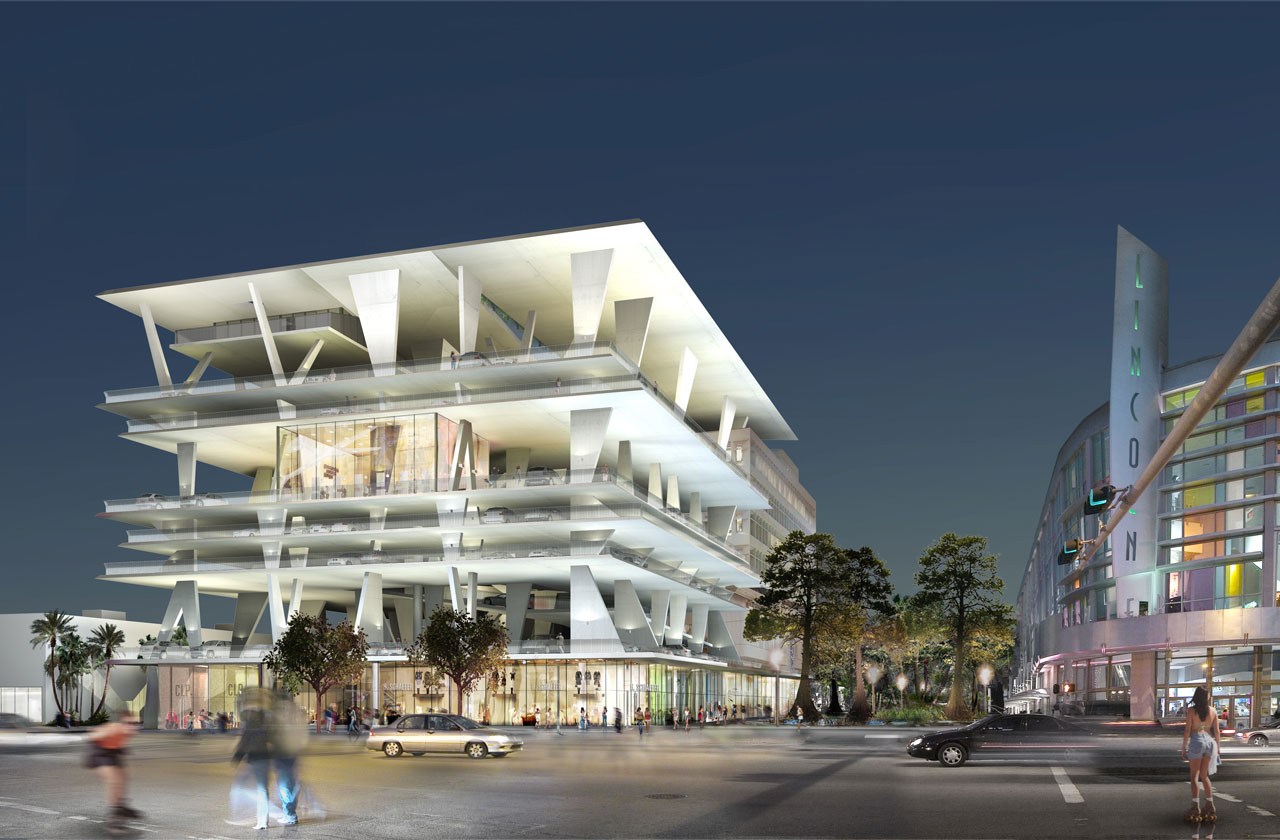
I’M NOT SURE this building comes across well in photographs if you haven’t seen the real thing—but it’s one of my three favorite buildings in Miami, along with Vizcaya and the Biltmore (in the public spaces, including the pool). It’s a parking garage at the western end of Lincoln Road (one of my favorite Miami streets) that’s also used for public and private events.
Continue reading
Tip of the iceberg?
AN OP-ED IN THE NEW YORK TIMES by the architect Steven Bingler and the architecture critic Martin Pedersen calls attention to an important architectural problem that has been swept under the rug for quite a while now. Architecture is a public art—we all interact with architecture every day—but it’s become a frequently esoteric and self-referential art that the public doesn’t relate to very well. As Bingler and Pedersen say, “We’ve taught generations of architects to speak out as artists, but we haven’t taught them how to listen.” And, “We’re attempting to sell the public buildings and neighborhoods they don’t particularly want, in a language they don’t understand.”
Continue reading
All the streets illustrated in Street Design
AN ALPHABETICAL LIST of all the streets illustrated in Street Design. You can also download a sortable Excel list by clicking here.
Air Street. London, UK
Alta Vista Terrace, Chicago, IL
Arcade Santo Stefano, Bologna, IT
avenue d’Iena, Paris, FR
avenue de l’Opéra, Paris, FR
avenue Foch, Paris, FR
avenue Montaigne, Paris, FR
Aviles Street, St. Augustine, FL
Avinguda Diagonal, Barcelona, ES
Continue reading
VV Redux: Carl Jung Talks About Traffic Engineers
The psychotherapist Carl Jung wrote about everything, including traffic engineers:
All time-saving methods, to which alleviaton of traffic congestion and other conveniences belong, do not, paradoxically, save any time, but simply fill the time available in such a manner that one has no more time at all. The result of this is inevitable, breathless haste, superficiality and nervous fatigue with all the related symptoms like nervous hunger, impatience, irritability, distractedness etc…
I found this at a public transit blog. Also interesting is their most popular link, P.J. O’Rourke’s paean to the car in Give War A Chance (“…even if all these accusations are true, the automobile is still an improvement on its principal alternative, the pedestrian. Pedestrians are easily damaged. Try this test: Hit a pedestrian with a car. Now have the pedestrian hit the car back…. Which is in better shape?”).
Affordable Housing & The Boulevard of Death Followup
STREETSBLOG published this interesting image of a 1914 proposal for Queens Boulevard from the borough’s Chamber of Commerce. They also linked to a recent project for the Boulevard by a group called Planning Corps. I hadn’t seen either of these projects before (although I know one of the founders of Planning Corps, and saw some of their base data), but it’s good to know that in both 1914 and 100 years later multiple groups and public processes came up with similar ideas.
We know the ideas are enduring and popular.* So, can we build them now?
Second, there are differences in how we might build it today. The belief that perhaps Organized Motordom isn’t always right gains more and more supporters, along with still-evolving concepts like Slow Streets and Shared Space. The conceptual images we made for Transportation Alternatives show slow lanes along each side of the boulevard that are very different than the ones shown above—or what would have been done until recently. The distance from the buildings to the center traffic lanes are similar (maybe even identical), but the Chamber of Commerce image still gives more room to the cars and less to the pedestrians, while the new images show slow-speed side lanes that cars, cyclists, and pedestrians will share. Also different in the new design are three types of bike lanes and “green” bike lane that functions as a low-tech stormwater management system.
Quote of the Day
“If you want to understand what’s most important to a society, don’t examine its art or literature, simply look at its biggest buildings.”
― Joseph Campbell
HT Russell Brand, more here
Slow Street of the Day
 Via della Dogana Vecchia, Rome
Via della Dogana Vecchia, Rome
Click on the image for larger version
HANS MONDERMAN AND SHARED SPACE are all the rage, but the Italians starting making slow streets in the late 1960s without naming them. Rome and Bologna don’t have all the traffic-calming bicycles that Amsterdam and Delft have, but the streets in the Centro Storico of Rome are still shared-space slow streets, with very few of the signs and markings that make drivers comfortable.
Two Birds with One Design: Affordable Housing & The Boulevard of Death
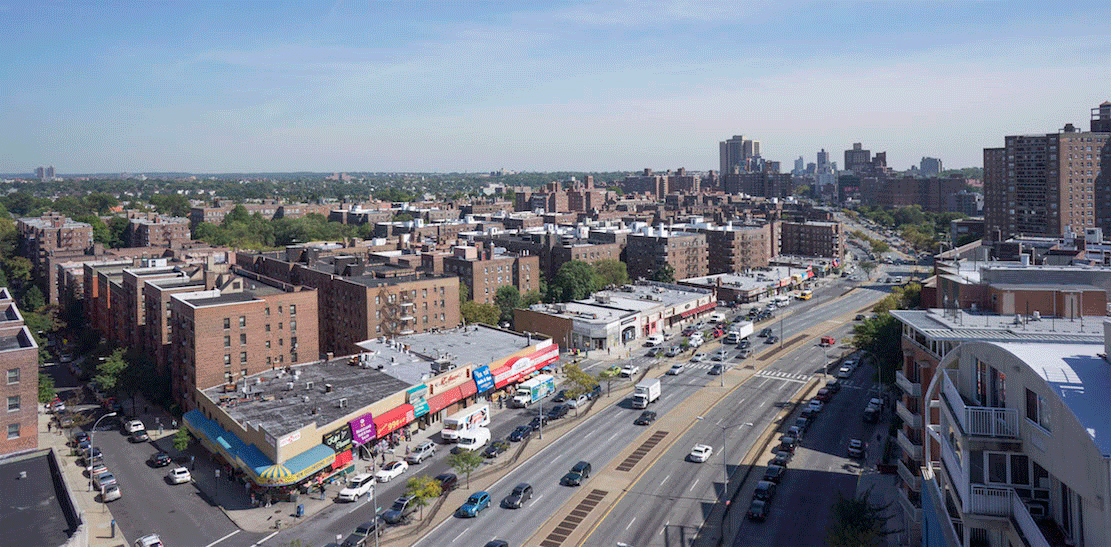
Queens Boulevard, Queens, New York. Before & After, looking southeast from 67th Road.
Massengale & Co LLC and Urban Advantage for Transportation Alternatives
Travels With My iPhone – Bath
Travels With My iPhone – Wiscasset
Street Design @ MIT, Monday
The NJIT Architecture School said, “Kean University’s proposal of a curriculum of ‘drawing by hand’ does not recognize the demands of today’s job market.”
Kean University, a state school six miles away from the New Jersey Institute of Technology, another public university, has announced that they will open the Michael Graves School of Architecture. According to articles in the New Jersey Record, NJIT is apparently trying to stop any nearby competition.* Princeton University has the only other architecture school in the state, but Princeton and NJIT draw from different applicant pools.
I wrote in the comments,
The Graves curriculum will add variety that is needed in architectural education. The only other school I know of that requires hand drawing for the first few years is Notre Dame, which also has the only Classical architectural curriculum in the United States. Because Notre Dame is supplying something other schools do not, the Notre Dame architecture school’s annual job fair has more offices in attendance than the school has graduating students, and all graduate students get multiple job offers.
The Graves school will not have a Classical curriculum, but since Graves is working on the curriculum it will be more open to pre-Modern architectural history than the typical American architecture school today. That too should give its students an advantage that other schools like NJIT don’t have.
For the last 20 years, most architecture schools, particularly here in the northeast, have marched in an ideological lockstep. Looking at NJIT student work on their website, the school seems to be squarely within the norm. The work shows an academic approach that many architectural offices complain about, because the designs are so far from what most clients want today.
The problem is not the work, but the relative uniformity of what schools teach today, and how little it often has to do with professional practice. Many (like Graves, apparently) think the best way to bring more diversity to the system and therefore the profession is from outside the system, because the schools resist change. It’s common sense that if everyone is selling the same product, the institution that provides something different can produce students with easily marketable skills.
Sketching and working in CAD are different ways of working (both valuable) that use different parts of the brain. Sketching freehand, the designer connects most directly to his or her intuition. Inserting a keyboard and a monitor into the process makes it more mechanical and rational. There’s a place for both.
* Kean University, NJIT feud over similar curriculums
NJIT formally questions Kean University’s plan for architecture program
Newly Announced Michael Graves School of Architecture Facing Criticism
“One entered the city like a god. One scuttles in now like a rat.”
That’s the famous quote by the immortal Vincent Scully about Penn Station, where demolition started fifty-one years ago today. But stay tuned—some interesting things are starting to happen, and they’re not the things you’ve been reading about.
